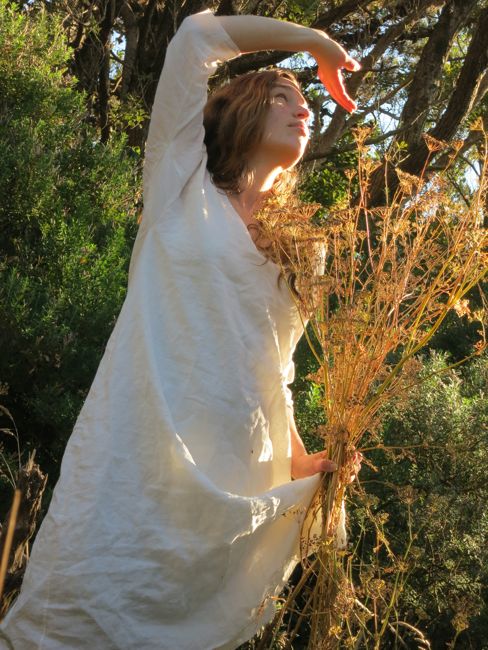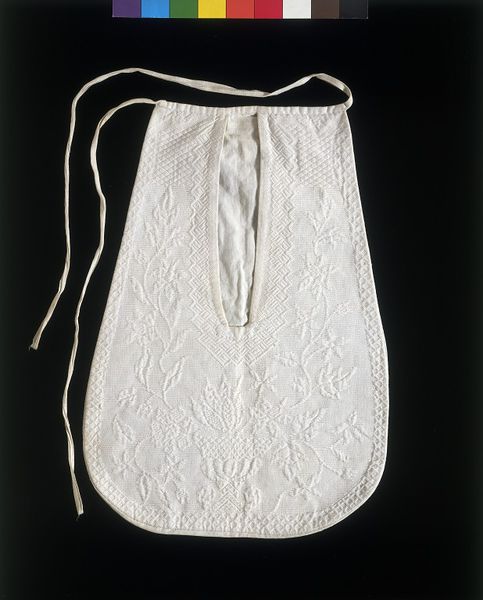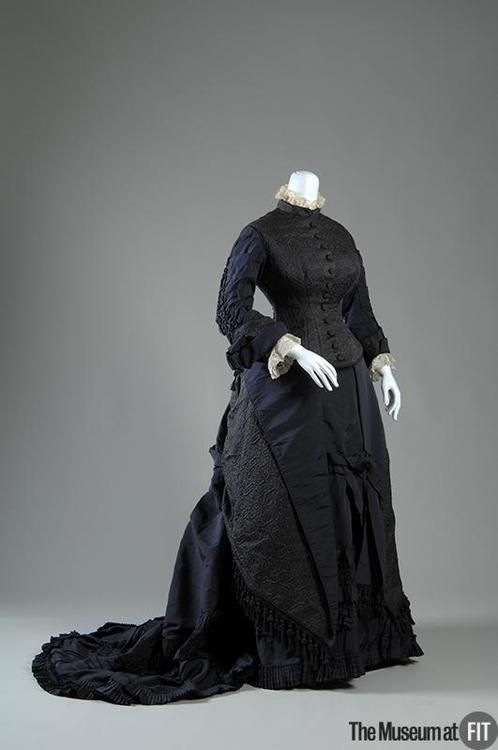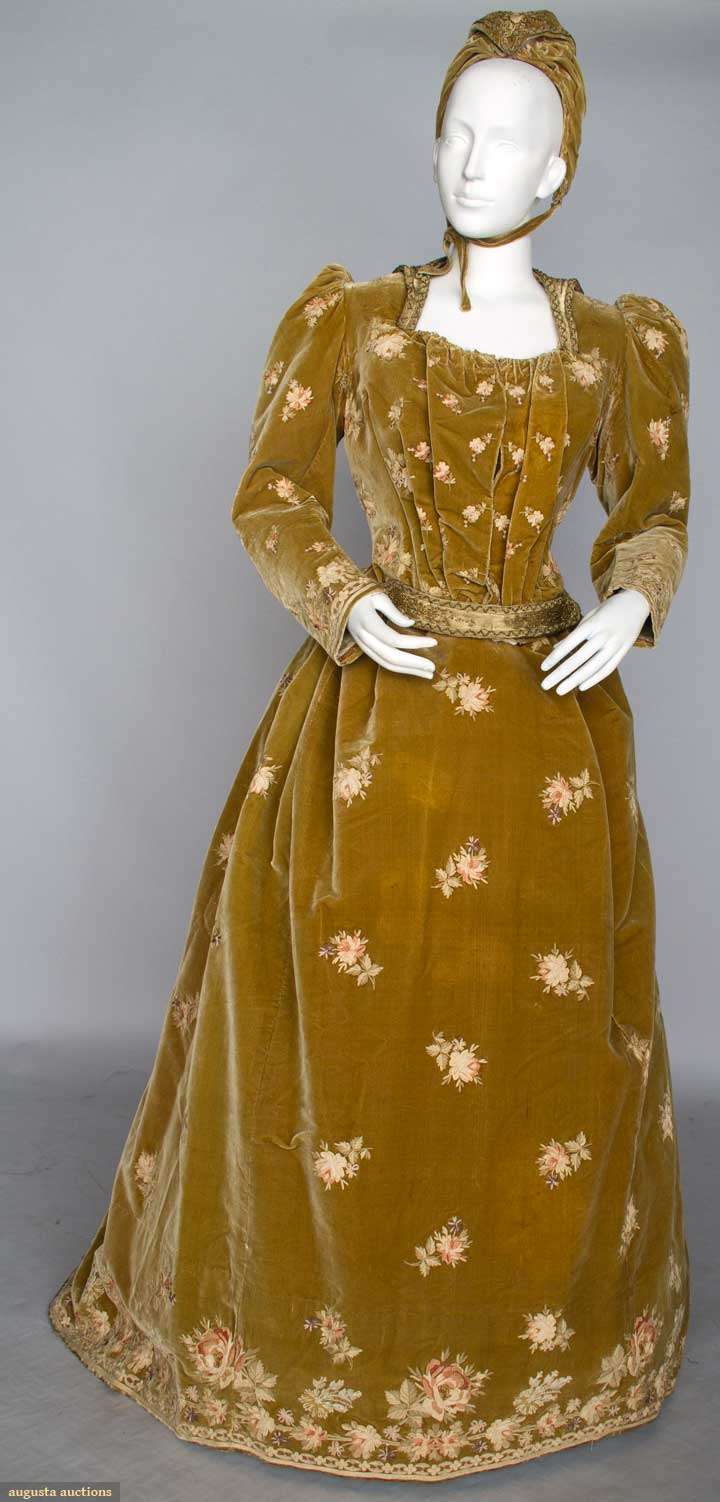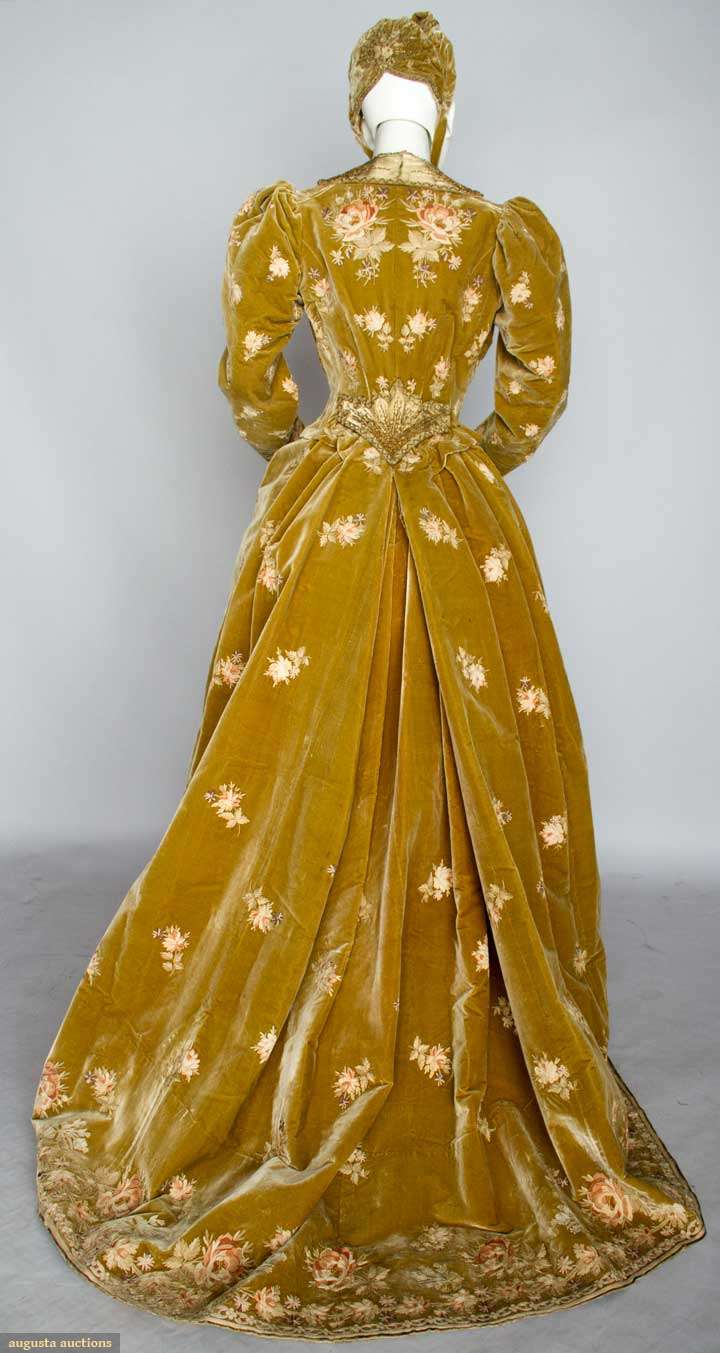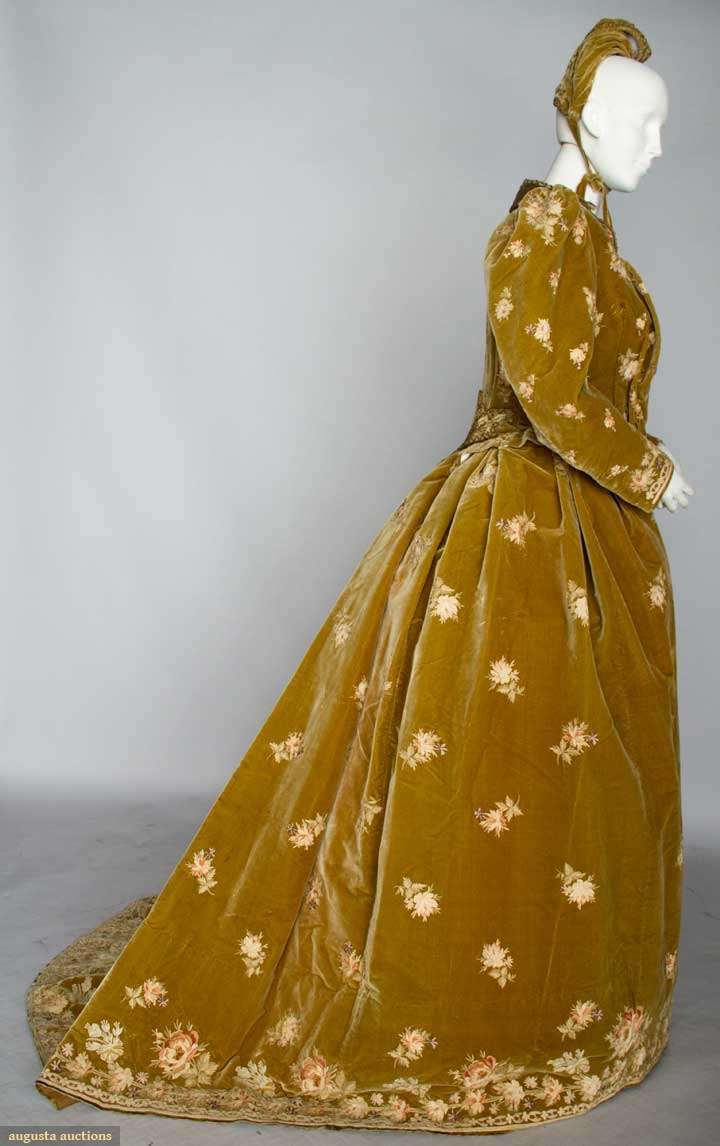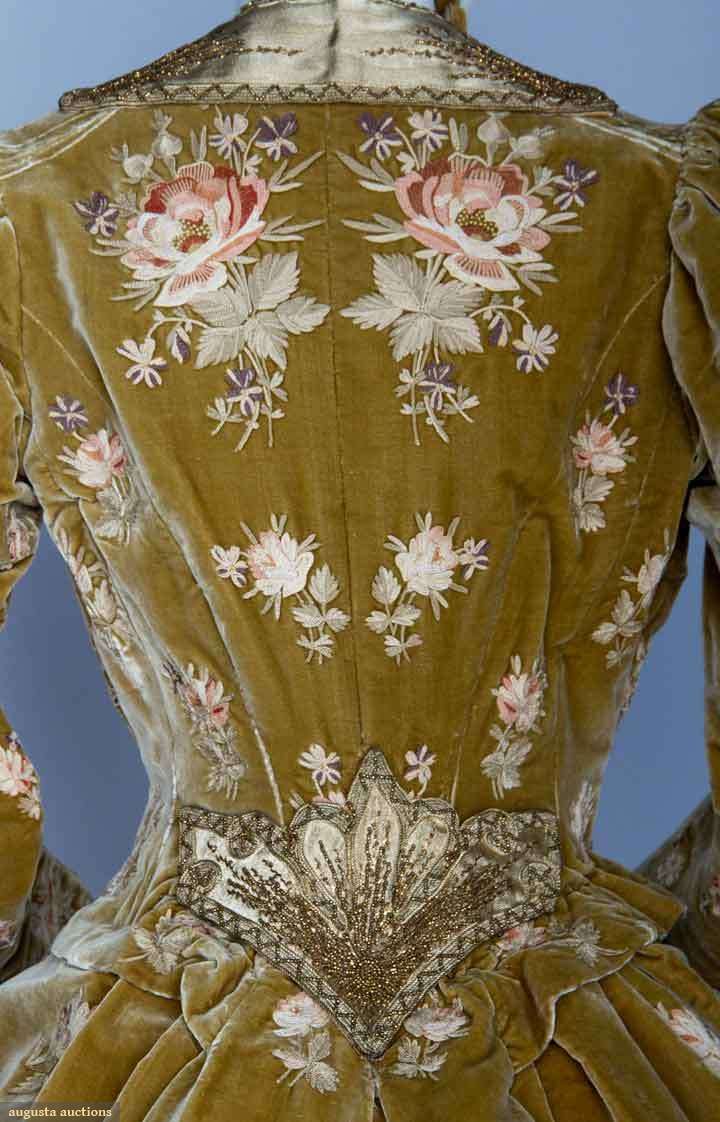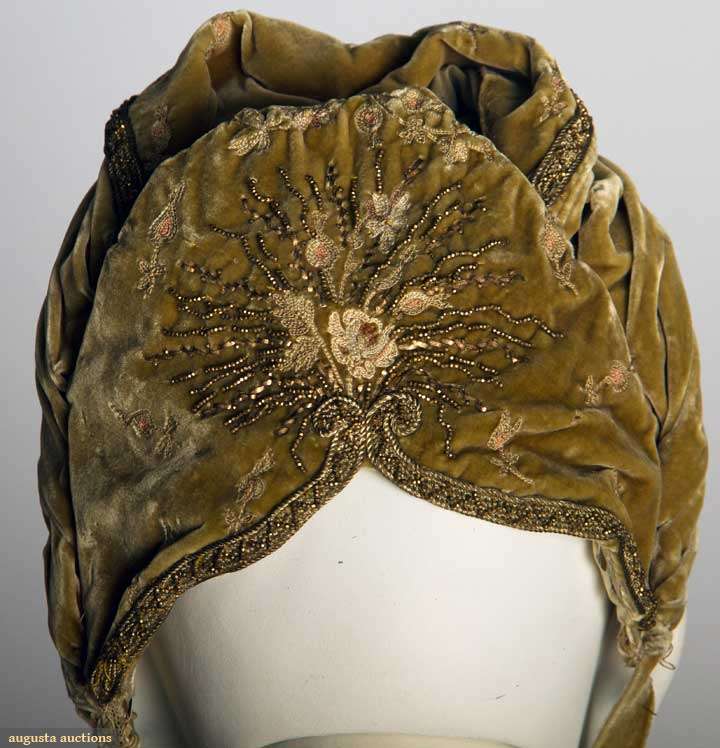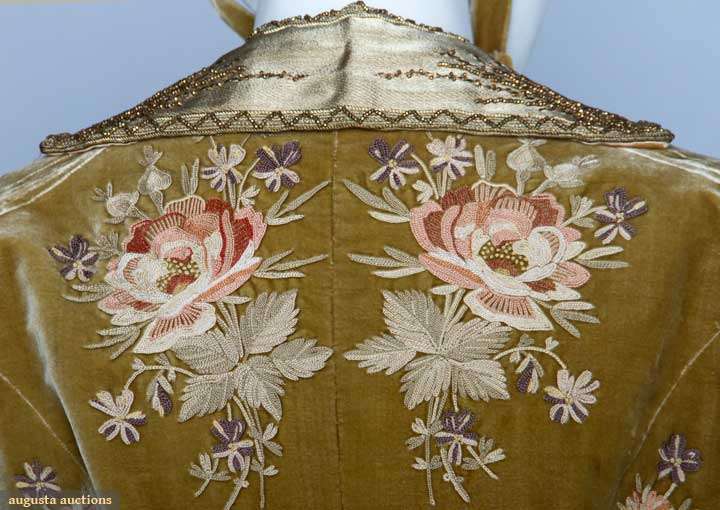Of all the fairytales, the one that intrigued me most growing up was The Wild Swans (also known as The Swan Princes).
There are many variants of the story, but basically it is about a girl (Hans Christian Andersen, in his version, calls her Elise) whose brothers are enchanted and turned into swans.
In order to free them from their spell, our heroine must make each of them a shirt of stinging nettles: and while she spins and sews (or knits, depending on the version), she cannot speak.
Some of the local villagers are suspicious of the silent girl who gathers prickly weeds, and of the garments she is creating.
When, desperate for a new source of nettles, she gathers them from the churchyard, the villagers turn against her completely, and try her as a witch. She desperately sews even as they tie her to a stake and pile the wood around her.
As they light the fire, her swan brothers fly overhead and circle around her, and she throws the shirts over them. Unfortunately she hasn’t quite finished the sleeve of the last shirt, so her youngest brother retains his wings.
With her brothers finally freed from the spell, our heroine can finally speak and explain why she was making stinging nettle shirts. The villagers are apologetic, and everyone lives happily ever after (presumably).
I found the fairytale interesting firstly because fabric and sewing are so central to the story, secondly because the girl is so much the heroine of the story: saving her brothers and freeing herself, but mostly because of the fabric the heroine works with.
Making a shirt of nettles sounds like a mad fantasy, but there is actually a fabric made from nettles: ramie. Ramie is similar to linen, and has been used as a fabric since ancient times. There are Egyptian mummies wrapped in ramie bandages, rather than linen. More of interest to me, I’ve read accounts that mentioned that ramie was used in the Middle Ages when linen could not be sourced (presumably because of droughts or warfare). While the mentions are very third hand, and I’d like to see the original research, I was fascinated by the idea of a medieval ramie garment.
Last year I managed to get my hands on two metres of handkerchief weight ramie (at Fabric-A-Brac, of all places). It was sold as linen, but I’m pretty confident the fabric is ramie.
So I handsewed a 14th century (more or less – it could be worn any time up until the early 19th century) ramie smock inspired by The Wild Swans.
For the photoshoot my sister and I tried to capture the essence of Elise’s story: gathering nettles (we settled for wild parsley) and watching for her swan brothers, all while isolated and outcast from the normal world.
I wore the shift (I know, not quite how the story works, but I had no need to make mens shirts) myself. Since it’s very under-clothes-y, and sheer, I’m wearing it over a bra and knickers and tap pants and a slip for maximum modesty. Very important especially since we did some photography on a beach right by the road!
I’ll do a post about the shift construction, but with these images I just wanted to create a fairytale. I certainly got the essence of it when it came to pain: my feet are so bruised from limping around on the rocks by the seashore!
After taking pictures on the beach, I noticed a little goat trail heading up the hill, and we explored it, which turned into a mad scramble straight up a steep hill spotted with pine trees. Those images look a little more ‘Snow White running fleeing into the forest’ than Wild Swans.
After 30 minutes uphill, we were rewarded by a sunlit meadow at the summit:
So my smock has already been well worn in: I’ve gone tramping in it! It’s very comfortable, though pricklier than linen, but wearing it over a synthetic slip wasn’t.
The Challenge: #6 — Fairytale
Fabric: 2 metres of handkerchief weight ramie – $5
Pattern: None, drawn up based on basic smock/shift pattern construction and conjectures about Medieval undergarments
Year: intended to be 1380s, but this basic construction could be used from 1200-1800.
Notions: silk thread – probably less than $1 worth.
How historically accurate is it? Medieval undergarments are a bit of anybodies guess, there is so little extent textile or visual evidence, though, having made mine, I suspect my construction is unlikely, simply because it creates significant weak points (I’ll tell you about that in a construction post). And, of course, having a raime undergarment is based on the slimmest historical evidence, especially since I don’t particularly trust my sources. So there could have been a 14th century smock that looked just like mine, but it’s more likely that it’s completely off.
Hours to complete: 4.5.
First worn: For the photoshoot and a mad scrambly hike over the Miramar hills, because that’s what everyone does in a Medieval shift, right?
Total cost: $6 (woohoo Fabric-a-Brac frugality!

